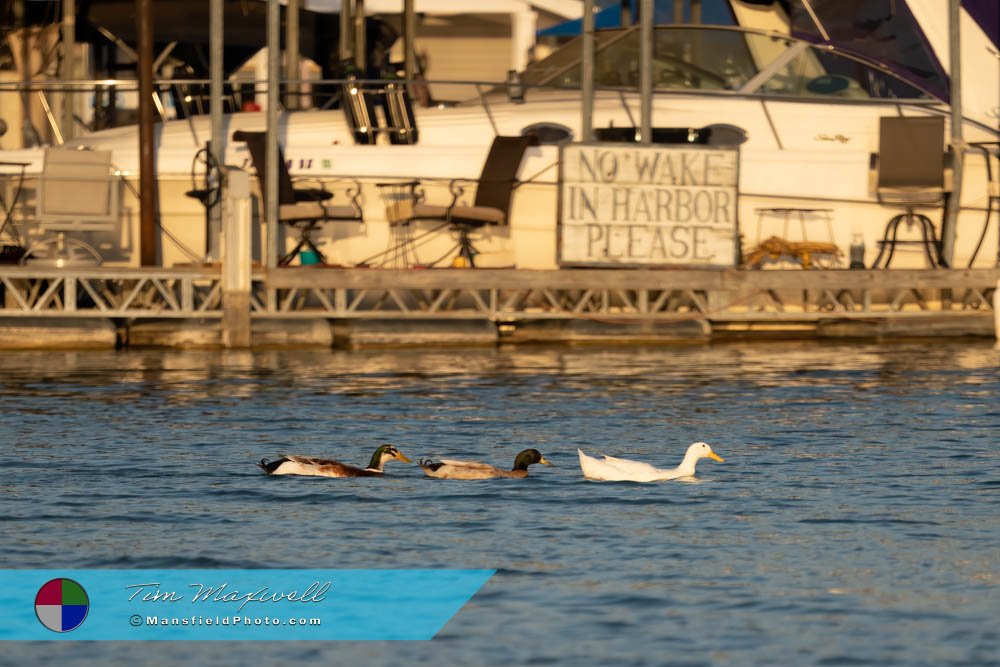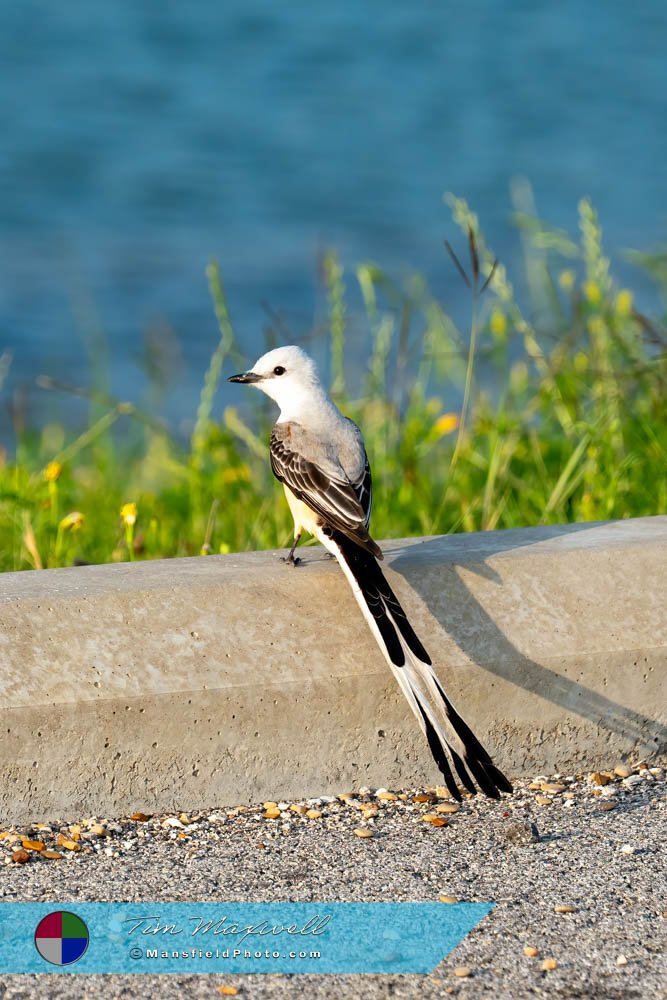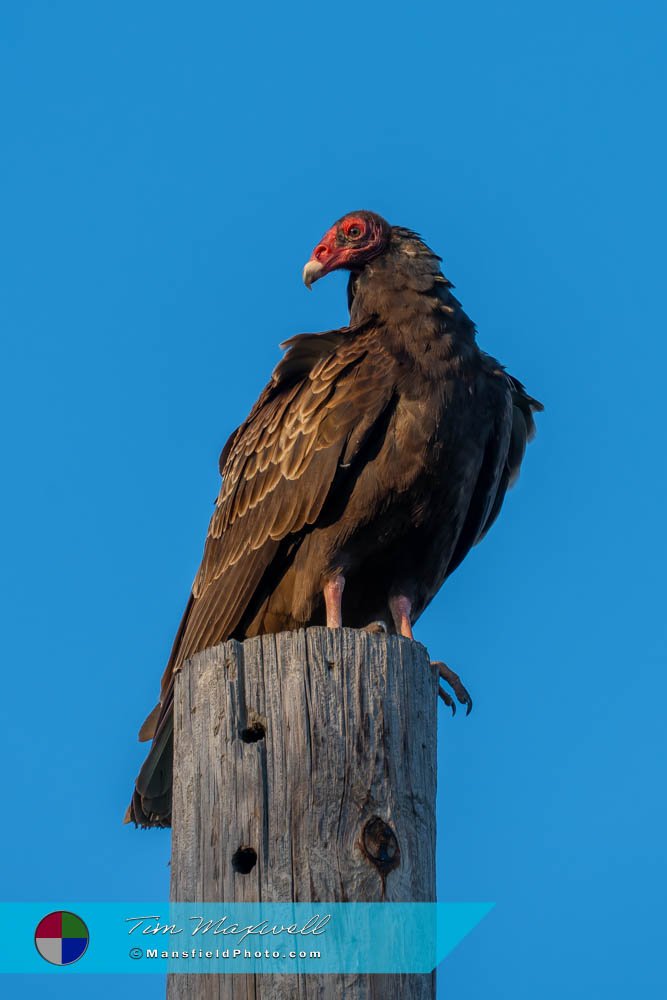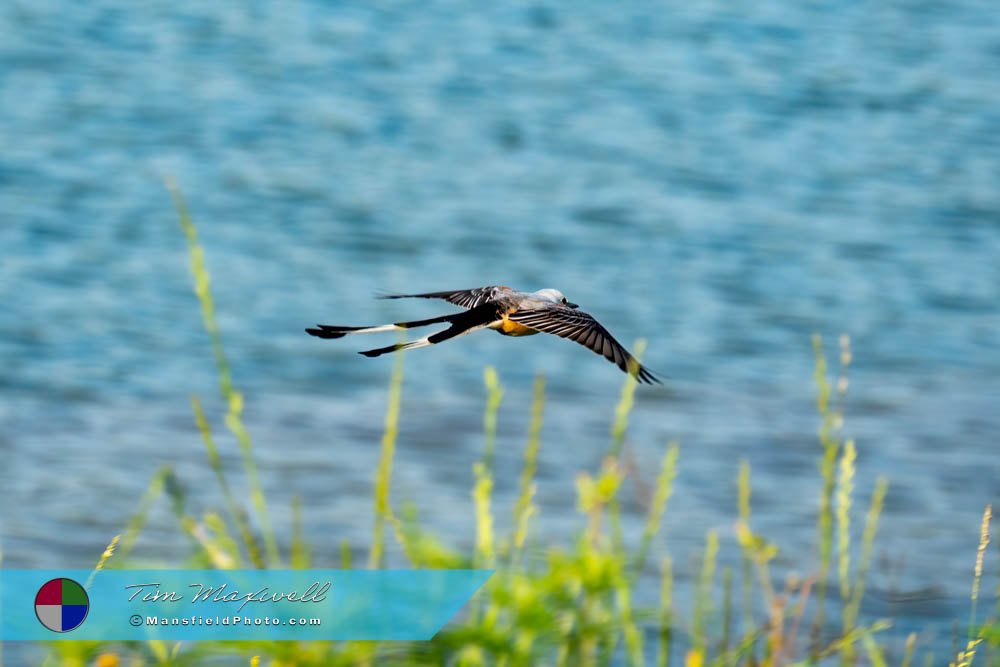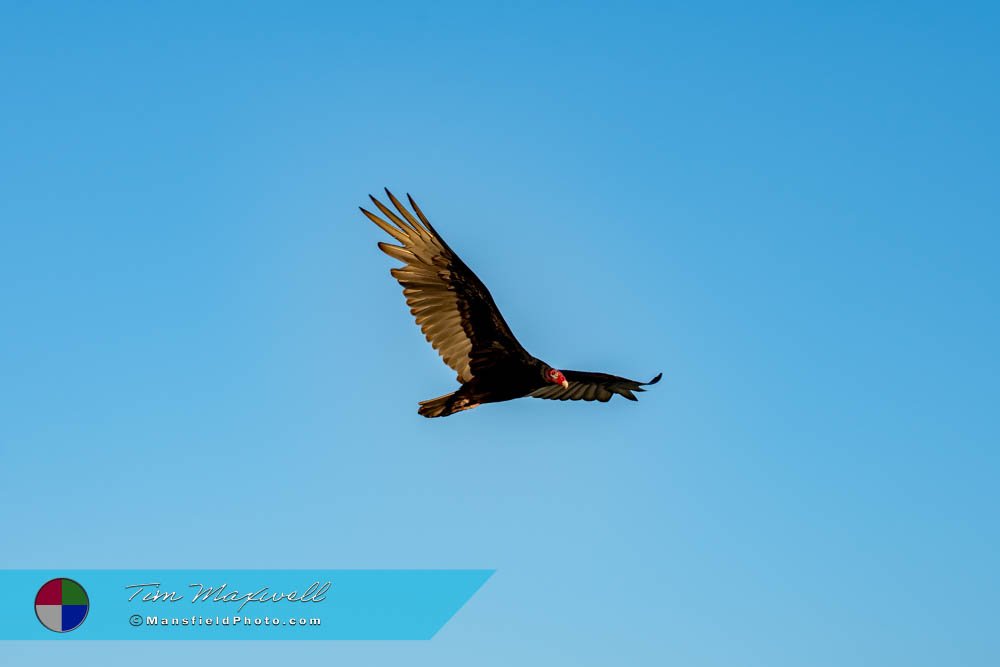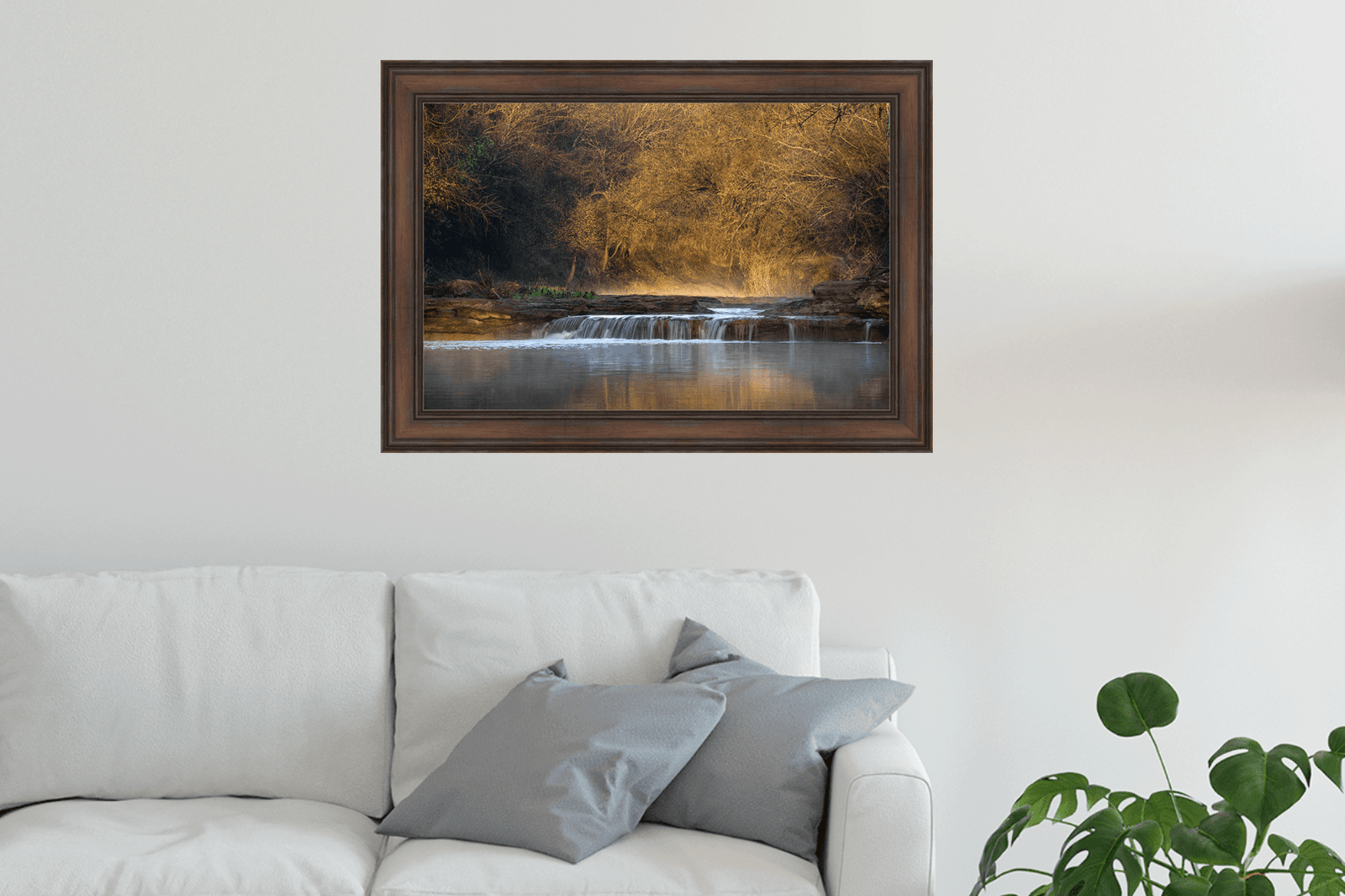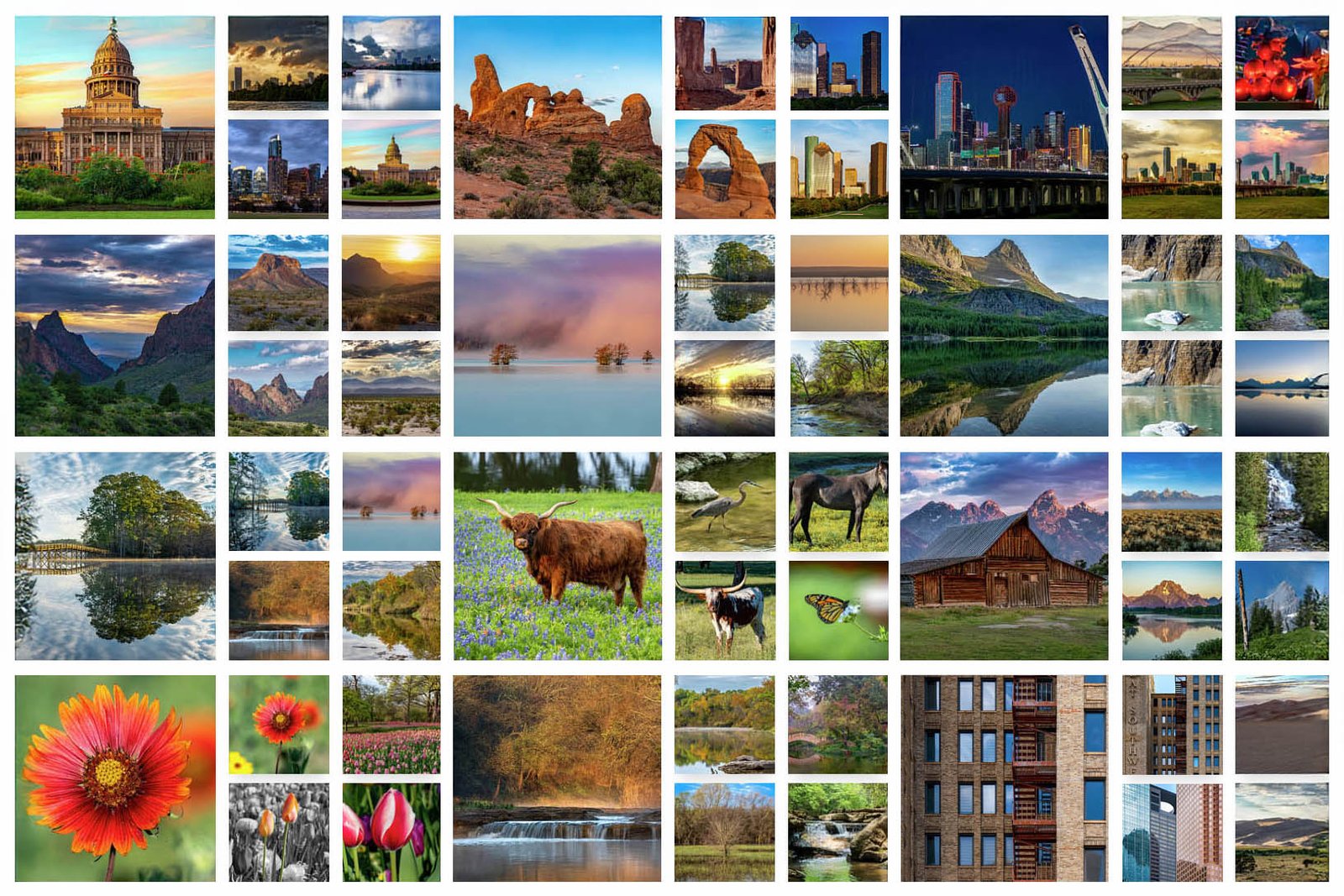Look at the birds of the air: they do not sow or reap or store away in barns, and yet your heavenly Father feeds them.- Matthew 6:26.
Spring has officially arrived in North Texas, and with it comes a subtle, welcome shift in rhythm for those of us who find peace and purpose in nature. While the past couple of weeks in the DFW area haven’t provided the dramatic skies and bold compositions that landscape photographers like myself often chase, this season as a whole has still delivered its share of beauty. I’ve taken some stellar landscape shots earlier this spring, but lately I’ve found myself slowing down and focusing on something quieter, more personal—wildlife.
Over the past two weeks, I’ve visited several locations around Joe Pool Lake including Cedar Hill State Park, Loyd Park, and Lynn Creek Park. And while I haven’t come away with many sweeping landscapes during this stretch, I’ve had the joy of capturing wildlife moments that have reminded me of why I first picked up a camera in the first place.
One such moment happened yesterday, and it’s what inspired the title of this article.
A Quiet Evening and a Serendipitous Encounter
The skies had been uncooperative all day—thick clouds, dull light, and just a little hope for the sort of sunset that makes you drop everything and run with your gear. Taking the chance, I headed out. I started at Cedar Hill State Park where the conditions were shaping up oddly. The direction of the sunset was looking bleak—no clouds, just a fading sky. But high, dramatic clouds were coming in from the south and building directly above Cedar Hill and Joe Pool lake. I needed to be west of Cedar Hill if I had any hope of catching those clouds turning pink from the last rays of the sun.
That’s when I made the call. I packed up and made my way to Lynn Creek Park, arriving about 30 minutes before sunset.
It wasn’t the grand cloudscape that captured me, though. It was something smaller, something alive. Near the part of the park just across from Lynn Creek Marina, I made my way toward the lake. The water was as full as I’ve ever seen it—recent storms having brought it up to the brim. And that’s when I saw them: a male and female mallard duck, accompanied by no less than twelve ducklings.
Twelve.
I stopped in my tracks. This wasn’t what I came for, but it was what the evening had decided to offer.
Photography, Patience, and Ducks
I swapped out my lens for a long one, keeping my distance so as not to disturb them. The ducklings bobbed along the shallow shoreline, foraging in the low water. It was a quiet moment, the kind that often escapes attention. As I slowly edged a bit closer, the adult mallards took notice. They didn’t fly or scatter, but calmly began walking toward me. I froze, half expecting a defensive display. But the female kept advancing, even as the ducklings continued poking at the mud near the shore.
I backed off. I figured I was getting too close.
Not long after, I spotted three Indian Runner ducks nearby and turned my attention toward them. When I was finished capturing some images, I walked over to a picnic table maybe 15-20 yards from the mallards and sat down to watch quietly. To my surprise, the female mallard left her ducklings and approached me again—this time more confidently. It became clear she wasn’t warning me off. She was looking for food.
The male soon followed. Then the three Indian Runner ducks noticed the attention and wandered over as well.
What happened next was a bit unexpected and strangely touching. The Runners, for reasons I still can’t explain, began harassing the female mallard. She flapped and squawked, even took flight briefly to avoid them. The male was left alone, unbothered. I stood up and gently walked toward the Runners, giving them enough of a nudge to make them reconsider. They backed off.
When I returned to the bench, the female mallard remained nearby.
And then—yet another moment—the ducklings by the lake began chirping. Not in alarm, exactly, but enough to call her attention. Without hesitation, she took to the air, flew the 15 yards back to the water, landed with a soft splash, and waited. Once the ducklings quieted down, she flew back over to me.
There was something deeply moving about her attentiveness. She didn’t hesitate. She heard their cries and flew to them without pause. Then she returned, calm and assured. I can’t help but think back to the verse at the top of this article. If God so faithfully watches over the birds of the air — feeding them, protecting them, guiding them — how much more does he care for us? That evening, I wasn’t just witnessing wildlife. I was being quietly reminded that we’re never outside the reach of our Creator’s attention.
A Landscape Photographer’s Shift in Focus
I came that evening hoping for dramatic skies. I even managed to take one or two decent frames—one in particular of a lone tree with subtle pink clouds overhead. But that wasn’t the story of the night. The story was the ducklings, the protective mother, the gentle father, and the simple moment they allowed me to witness.
As a photographer, I often chase grandeur. But moments like this remind me that intimacy often carries more weight than drama. The quiet things sometimes speak the loudest, if you’re paying attention.
Birds of Spring at Joe Pool Lake
While I’m always scouting new landscapes, I’ve grown to deeply appreciate the wildlife scene in this part of Texas. Joe Pool Lake, especially areas like Lynn Creek Park, has become a favorite for spotting a wide range of birdlife. On this outing and others recently (last two weeks) around Joe Pool Lake, I’ve photographed:
- Yellow-crowned Night Heron
- Turkey Vulture
- Mallard Ducks (and ducklings)
- Indian Runner Ducks
- Great Blue Heron
- Scissor-tailed Flycatcher
- Great Egret
- Killdeer
- Red-winged Blackbird
- Northern Cardinal
In past seasons, I’ve also caught glimpses of seagulls, coots, and the ever-charismatic Muscovy ducks. If you’re into bird photography, few places in the DFW metroplex offer such accessibility combined with diversity. Lynn Creek Park, particularly the shoreline and marina area, is an excellent place to start. Early mornings or golden hour evenings are best, when the birds are active and the light is soft.
Final Thoughts
The past couple of weeks haven’t yielded many grand landscapes. The weather has been uncooperative, the skies mostly gray, and the sunsets mostly a bust. But in the absence of dramatic compositions, something else has taken root: a deeper appreciation for moments I didn’t set out to find. Like a duck guarding her young. Like birds foraging on the edge of a storm-filled lake. Like quiet things speaking loudly.
So yes, it’s spring at Lynn Creek Park. And the ducklings are out.
Are you listening?
📸 Want to see more images of Lynn Creek Park?
Check out our growing collection of Lynn Creek Park Stock Photos—ideal for content creators, designers, and nature lovers.
Author: Tim Maxwell

